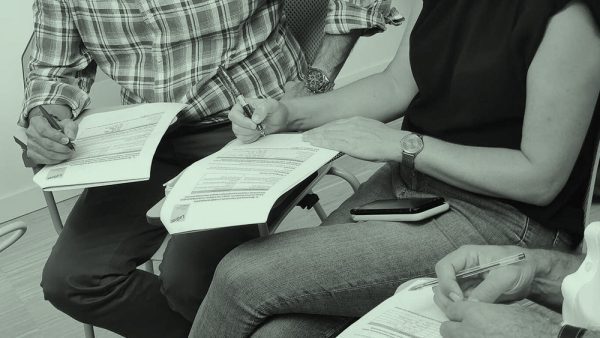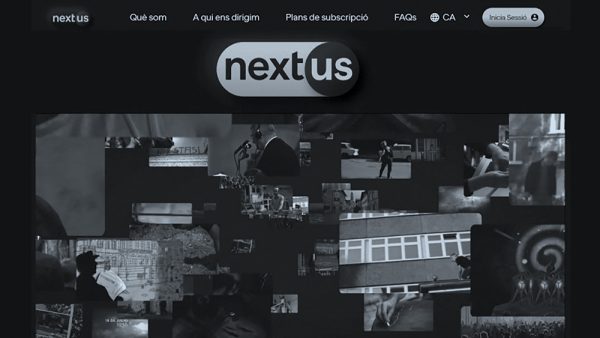The society in which we live is constantly changing and becoming more and more diverse. That is why, in order to embrace it, it is important to use inclusive and non-sexist language in social and work spaces.
In this case, a course on inclusive and non-sexist language was organised in a face-to-face format for staff working with users of the Vall de Hebrón Hospital (Barcelona), focusing on the field of health. The main objectives were the following:
- To raise awareness of the need to communicate in a non-androcentric and non-sexist way.
- To offer practical tools to apply inclusive oral and written language in the workplace.
- To raise awareness of the importance of inclusive and non-sexist non-verbal, visual and audiovisual communication and to provide students with good practices.
Broadly speaking, some of the contents that were worked on in the classroom are the following:
- Recommendations for non-sexist and non-androcentric language: a set of resources that can be combined with each other were provided in order to avoid, as far as possible, the use of the generic masculine and the invisibilisation of women and non-binary people in language.
- Recommendations for inclusive language: a set of resources were provided to raise awareness of the amount of racist, ableist, homophobic, homophobic, classist expressions that are used and to provide alternatives to avoid their use.
- Recommendations for inclusive visual and audiovisual communication: a set of good practices to be taken into account in order to make a commitment to inclusive visual and audiovisual resources that do not perpetuate stereotypes.
- Recommendations for inclusive non-verbal communication: a set of resources were provided to raise awareness of the impact of non-verbal communication (tone of voice, gaze, gestures, etc.) and what we should do to change behaviour that may be discriminatory.
Methodologically, the theoretical content of the course sessions on inclusive and non-sexist language was accompanied by dynamic and participatory activities with the main idea of practising the concepts worked on in the classroom. The main reason for implementing this technique is that practical activities increase learning and encourage teamwork.
If you want to know more about this topic, we recommend the article we wrote for LabGroc, which shows some good practices to use in order to promote inclusive and non-sexist communication.








































